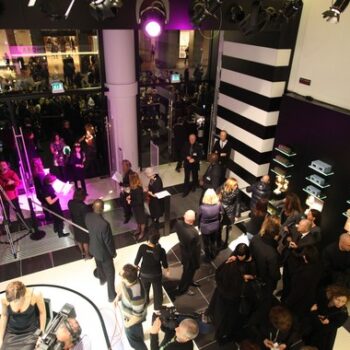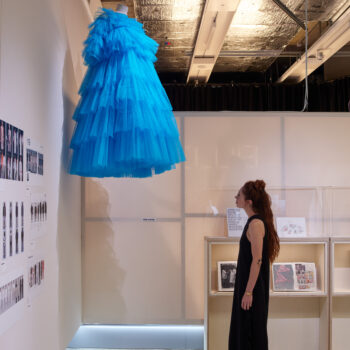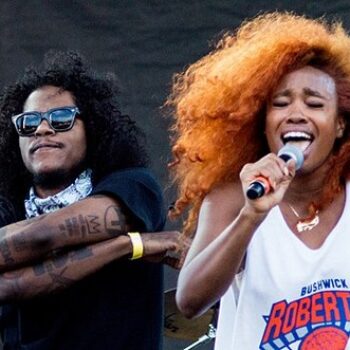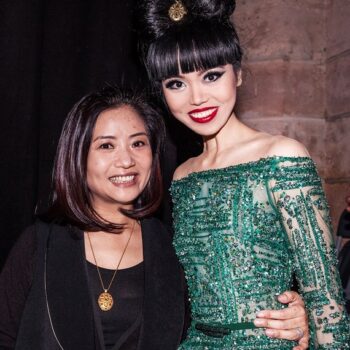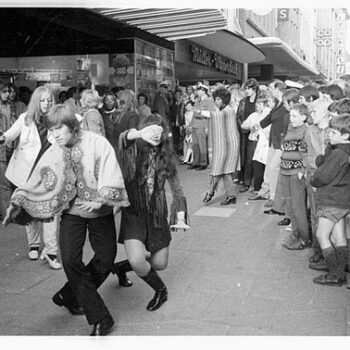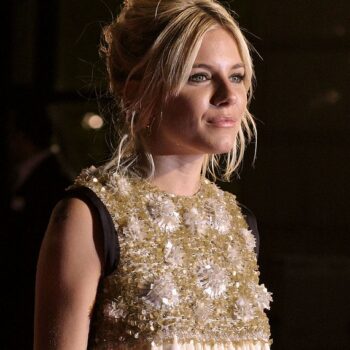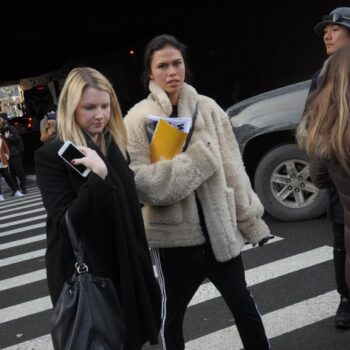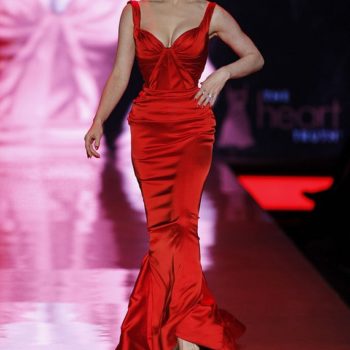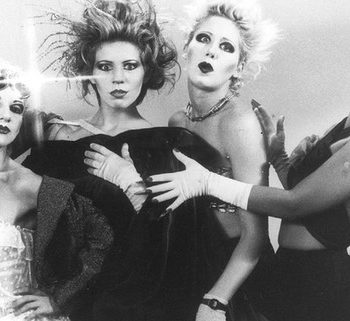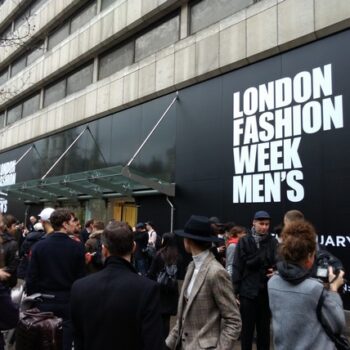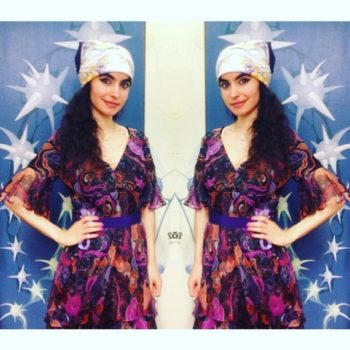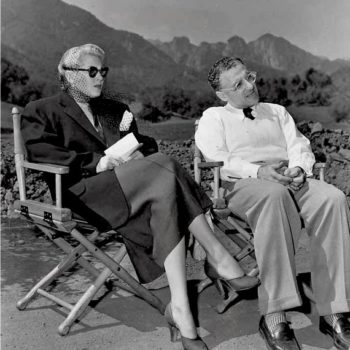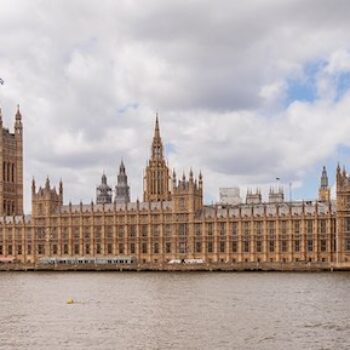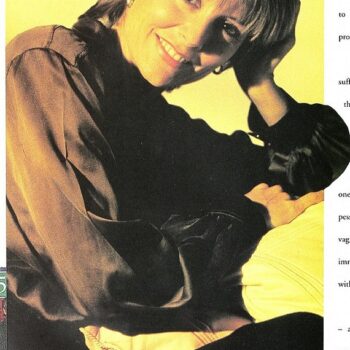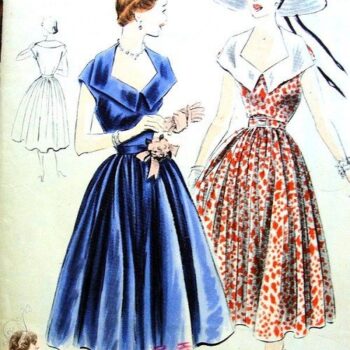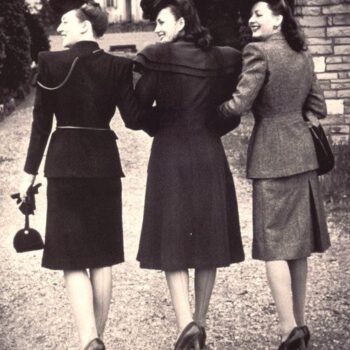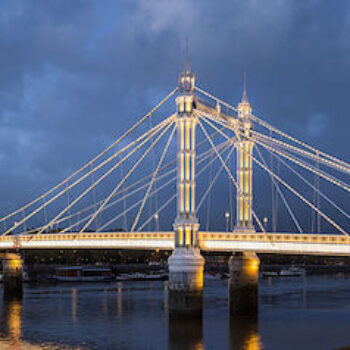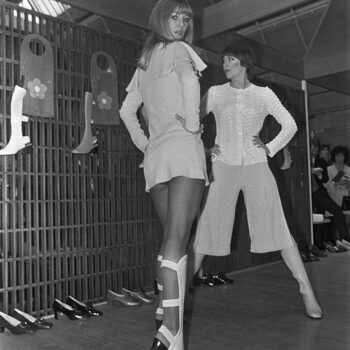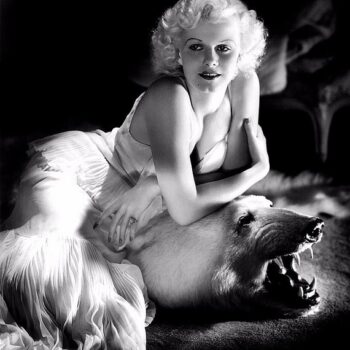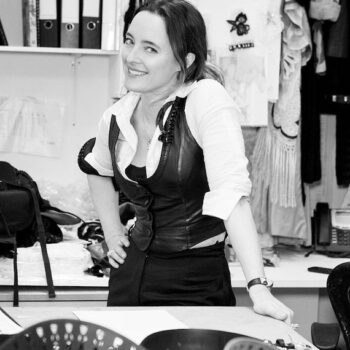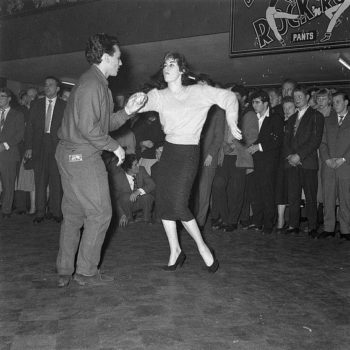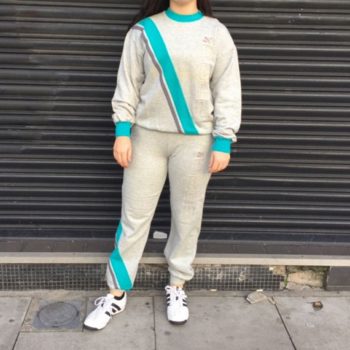London fashion capital – Style City
September 16, 2016The city of London has always ranked highly in the fashion stakes. London Fashion Week is a sought after affair in the fashion calendar bringing fashionistas flocking to the capital each season. London the fashion capital has in the past been known for a stereotypical style, and most famous for millinery, tailoring, shirt making and exquisite menswear. London’s fashion history has complemented the other fashion capitals with its sartorial vibe. With all iconic fashion movements, London’s blossoming fashion industry has been met with social, economic and cultural diversity.
London fashion capital – The style city
History of London fashion
London’s traditional image of the English gentlemen kick started the capital’s iconic and stereotypical style. London’s history spans many years dating back to the times when the capital was a natural hub for trade and exchange. During this time it wasn’t a focal point for fashion as much as its rival European cities such as Paris and Rome. But it was an important trading point for commodities such as wool, metal and importing materials for the luxury market.
London’s wealth and influence caught the eye of many authoritative statesmen and many of the first origins of trend came from regal and class driven beginnings. During this time London fashion did rely on outside influences such as luxury materials from Europe. Proving particular popular with past monarchies, luxurious fabrics were a symbol of riches, importance and power.
During the 1600s and the time of the great fire, London the fashion capital was at a place to rebuild its position in the world. It was during these times that focus was put on designing and creating places of significance. Much of aristocracy was now based in the West End. Squares and parks also popped up drawing in fashionable and wealthy people. Later on with social events and activity increasing in London, it was a great time to invest in the clothing business. People wanted to dress for the occasion and look elegant, smart and fashionable for the decade. In the mid 1700s, well-known craftsmen and in particular entrepreneurs of locations such as Saville Row, Jermyn Street and St James created the iconic English tailoring still loved today. This influence later spawned to womenswear and created the style that is treasured in the fashion industry to this very day.
19th century fashion
During the time of industry, London the fashion capital became a hive for clothing manufacture. As the West End was associated with upper class tailoring and bespoke clothing, the East End rose up the ranks in a very different way. Places such as Aldgate and Bethnal Green were home to the bulk sector of fashion production. These working class districts were badly paid and included overcrowded working conditions. It was known as a poor profession and exploited workers yet provided clothing to people who couldn’t afford the expensive alternatives.
London the fashion capital was starting to be known for its innovation and entrepreneurial ways. Famous fashion designer Thomas Burberry experimented with waterproofing, leading the way in outerwear, and pioneers such as William Perkin invented synthetic dyes during the late 1850s. London became a centre of influence in clothing manufacture and often made waves in trends throughout history.
One of the most iconic movements that the capital is famous for, is the retail sector. People flocked near and far to visit the shops and boutiques of London’s shopping districts. Department store Liberty was founded in 1875 and remains a figure of luxury shopping today’s West End. Stores such as Selfridges and Harrod’s came into fruition during the early 1900s and created the city’s iconic shopping heritage.
London the fashion capital in the 20th century
During the 1900s trends really started to take shape in the fashion world. London the fashion capital became a hive for iconic movements and both sides of the class system had its unique style. The city’s well-known tailoring and prestige never faded with chic Mayfair elites carrying on the classic and smart style of London’s fashion beginnings. The working classes opted for more outspoken trends giving an outlet for rebellion and individualism. London’s Mods and Rockers, Teddy Boys and Punk styles led symbolic fashion trends throughout the world.
This iconic century also paved the way for several innovative fashion designers. Creatives used street level influence to make their designs unique and appeal to the masses. 60s designers such as Mary Quant, Barbara Hulanicki and Ossie Clarke offered funky, sensual design and took the swinging sixties by storm. Moving into the 1970s, Zandra Rhodes and Vivienne Westwood created an eccentric and vibrant style embracing free spirit and unique style.
21st century fashion
From the 80s to the early 21st century, London the fashion capital embraced its name as one of the ‘Big Four’ in fashion. Alongside the other fashion capitals, New York, Paris and Milan it was attracting global attention. London Fashion Week was born in 1984 and has seen an amazing evolution. Early years attracted industry boffins and the fashion trade and now it is the fixture on many fashionistas and celebrities calendars.
london the fashion capital has created a sartorial genre of style compared to its European counterparts. Paris is known for its cultural beauty, Italy for its luxury labels and New York for its urban influence. Each city creates a unique and amazing collaborative system of trends, all complementing each other and embracing uniqueness. The city’s style and global fashion affirmation has created a centre for design excellence. Aspiring fashion designers want to be part of London’s fashion industry and many choose to learn skills from the best in fashion. London is a hub for creative and design courses with top universities and further education spots in the capital for budding designers. London Fashion Week is a great platform for designers and there are several other off-schedule events that can make a designers career. London is a city of style and will hold its standing in sartorial fashion for many years to come.



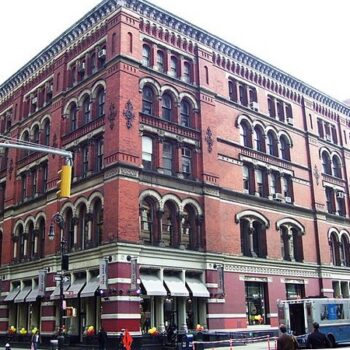


![fashion style icons.Audrey_Hepburn.(https://creativecommons.org/licenses/by-sa/4.0)], via Wikimedia Commons](https://www.blue17.co.uk/wp-content/uploads/2017/04/570px-Audrey_Hepburn_auf_dem_Bürgenstock_09-350x350.jpg)
